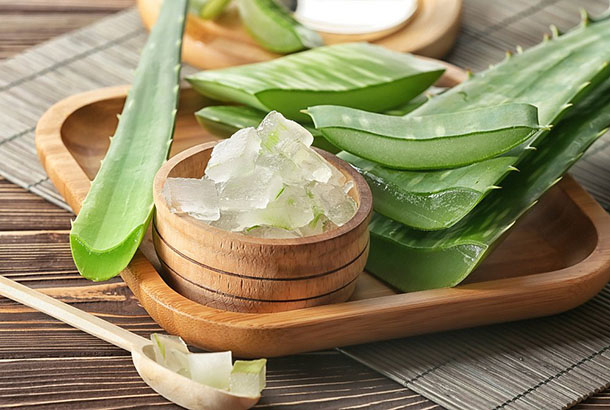
What are the unani benefits, side effects and dosage of Aloes?
Aloes, specifically referring to Aloe vera, is a succulent plant with a gel-like substance found in its leaves. It is widely used for various purposes, including skincare, wound healing, and digestive health. Here is some information regarding the benefits, side effects, dosage, and composition of Aloes:
Benefits
– Skin health: Aloe vera gel is commonly used topically to soothe and moisturize the skin. It may help with conditions such as sunburn, minor burns, psoriasis, and acne. Aloes has moisturizing, anti-inflammatory, and wound healing properties.
– Digestive support: Aloe vera juice or gel is sometimes consumed internally to support digestive health. It may help with issues like constipation, heartburn, and irritable bowel syndrome (IBS). Aloes contains compounds that promote bowel movements and may have a soothing effect on the digestive tract.
– Wound healing: Aloe vera gel may help accelerate the healing process of minor wounds, cuts, and burns. It can provide a protective barrier and has shown potential antimicrobial properties that may reduce the risk of infection.
Side Effects
– Allergic reactions: Some individuals may be allergic to aloes. Allergic reactions can range from mild skin irritation to more severe symptoms like rash, itching, or difficulty breathing. If you experience any signs of an allergic reaction, discontinue use and seek medical attention.
– Laxative effect: When consumed orally in larger quantities or in concentrated forms, aloe vera can have a laxative effect and may cause diarrhea or abdominal cramping. It is essential to follow recommended dosages and consult a healthcare professional before internal use.
Dosage
Dosage guidelines for aloe vera can vary depending on the form of consumption and the specific purpose. Here are some general recommendations:
– Topical use: Apply a thin layer of aloes gel to the affected area of the skin as needed.
– Oral use (juice or gel): Start with a low dosage, such as 1-2 tablespoons (15-30 mL) of aloe vera juice or gel per day. Gradually increase the dosage if well-tolerated, but it is advisable to consult with a healthcare professional or follow the instructions on the product label for specific dosing guidelines.
Composition of Aloe vera gel (per 100g serving)
The composition of Aloe vera gel can vary depending on the specific product and processing methods. Here is a simplified breakdown of some key components:
Component |
Amount |
|
Water |
96-99% |
|
Polysaccharides |
~0.5-1.5% |
|
Vitamins (such as C, E) |
Trace amounts |
|
Minerals (such as zinc, magnesium, calcium) |
Trace amounts |
|
Enzymes (such as lipase, amylase) |
Trace amounts |
|
Fatty acids |
Trace amounts |
|
Anthraquinones (aloin) |
Trace amounts |
Please note that the composition can vary depending on the specific product and the processing methods used.
When choosing aloe vera products, it is advisable to opt for reputable brands and consult a healthcare professional or a qualified herbalist for guidance on appropriate usage and dosage.

Leave a Reply